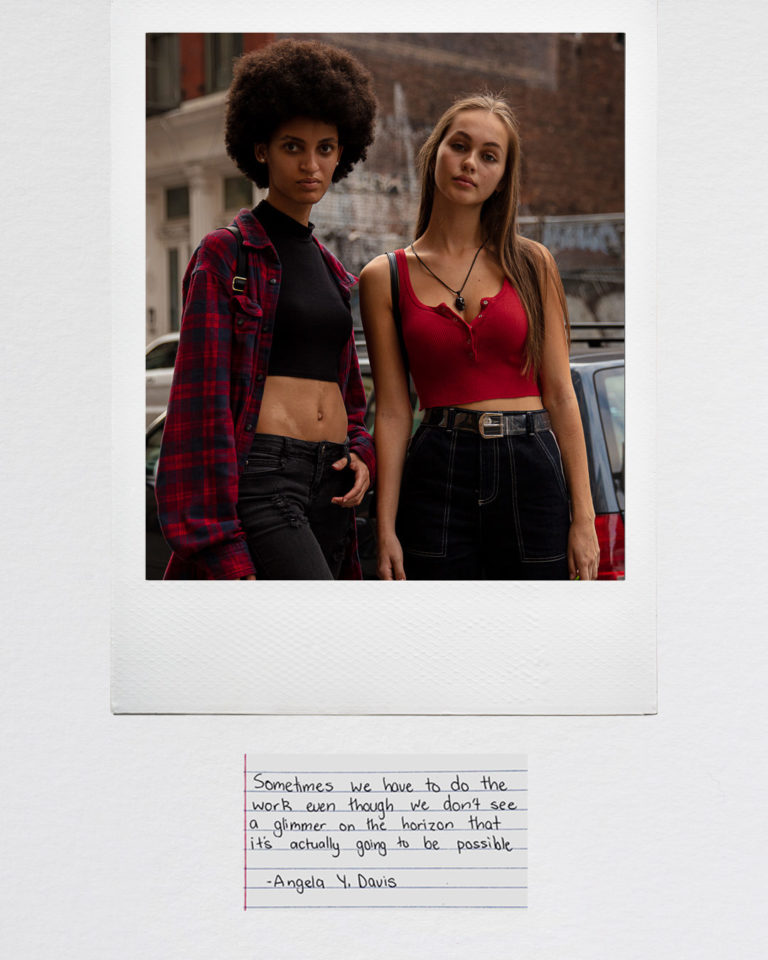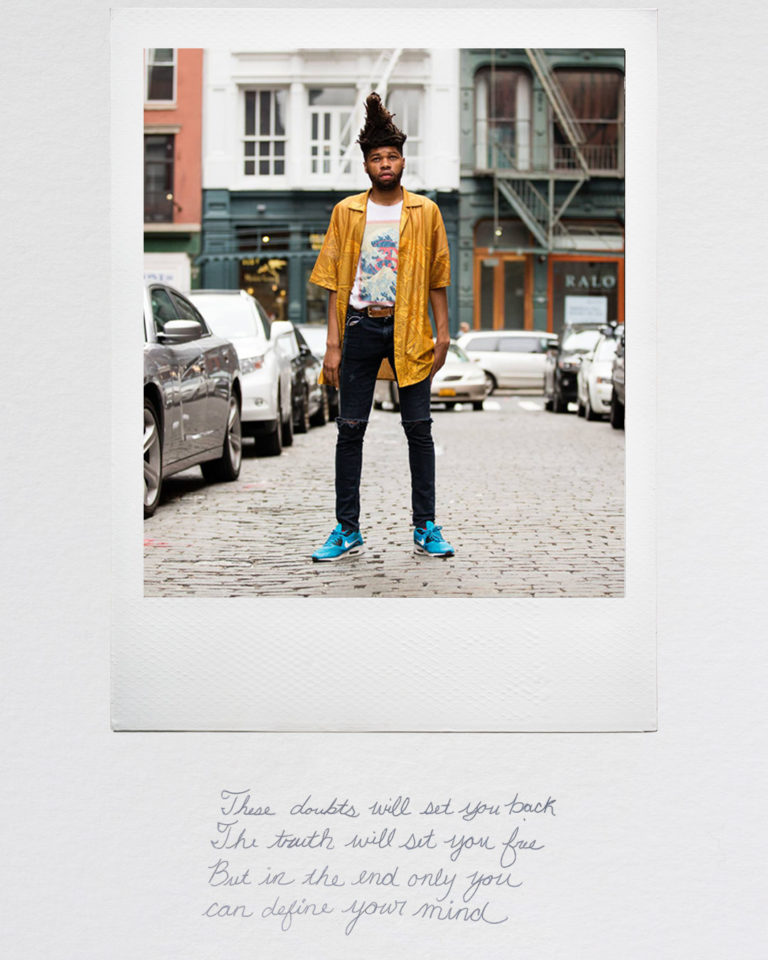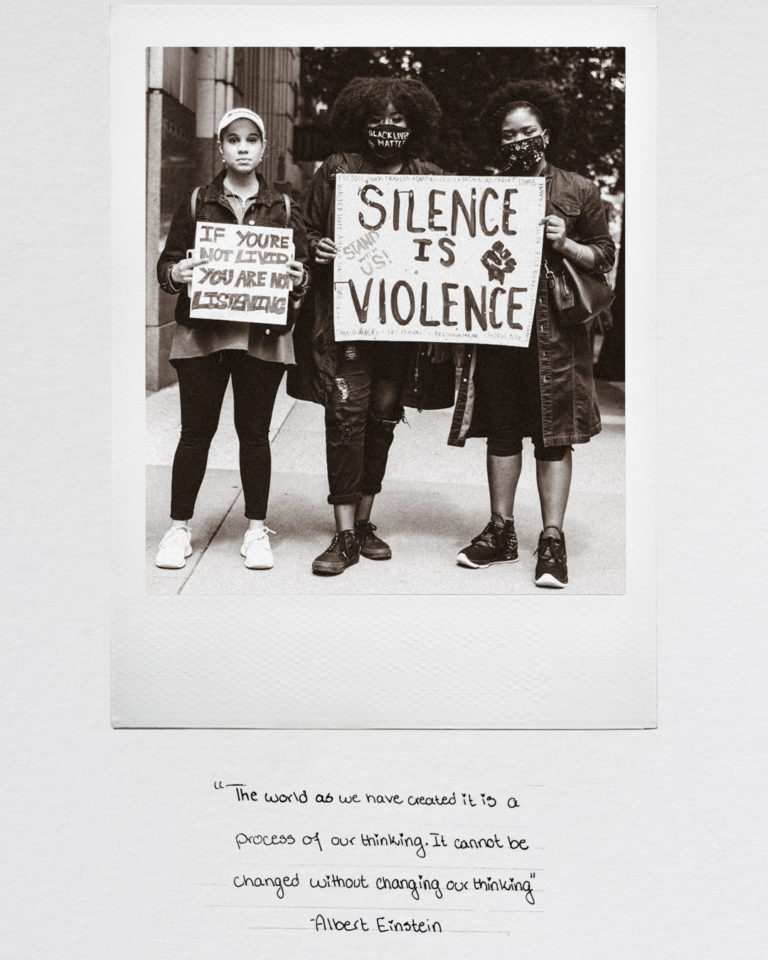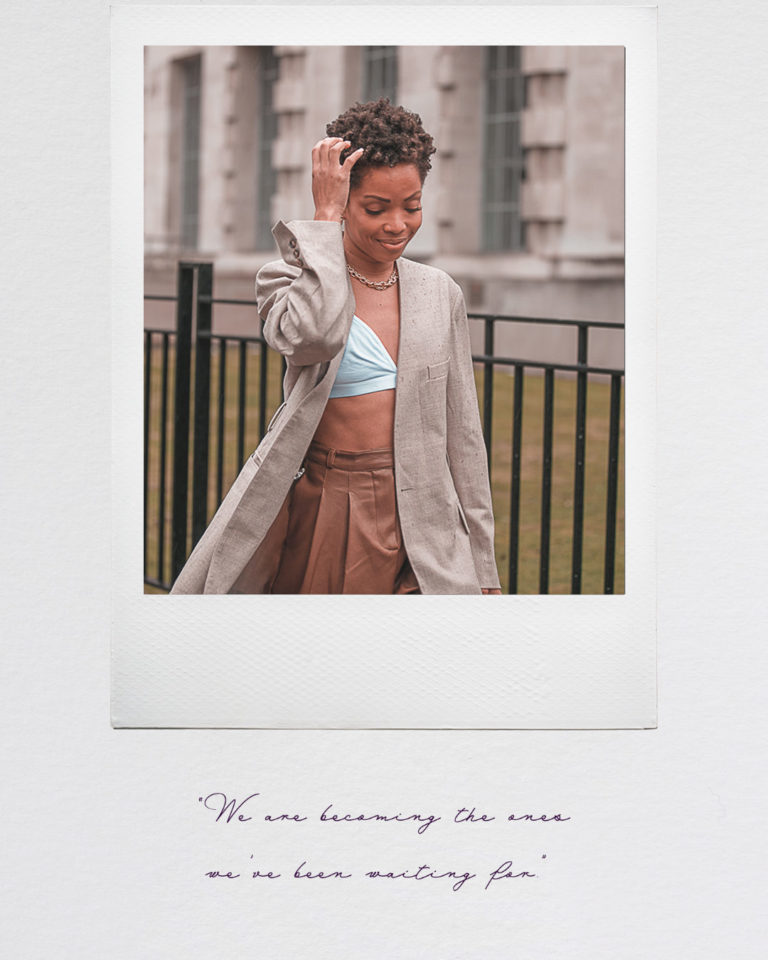[ad_1]
Photography courtesy of Sabrina Fenster/StreetScout
100% of the proceeds from Canadian street style photographer Sabrina Fenster’s photos will be given to the organization founded by activist Rachel Cargle.
“I am using my street style photography as a platform to give to a charitable foundation and create ongoing and tangible social impact,” says Fenster about her mission with the series. “My goal is to create and share prints that are driven by purpose, and also give you, the buyer, the opportunity to contribute to meaningful change while hanging something beautiful in your home. Not only are you supporting the cause, you are getting a token from the cause. Each print serves as a reminder of your ongoing commitment to create positive change toward racial equality.”
We caught up with Fenster, who has also been documenting BLM protests, to find out more about why she’s selling her photos, and what she’s learned by following the momentum of Black Lives Matter.


What inspired you to sell these portraits and donate the proceeds to the Loveland Foundation?
I wanted to find a way to support the Black Lives Matter movement in a way that moved past the “black square” phenomenon that took over the social media world a month ago. I thought it would be powerful if I could find a way to use my street style photography as a platform to give to a charitable foundation that I believe in, and create ongoing social impact through sales of prints. With that in mind, I revisited and compiled the street style photographs I’ve taken of diverse people from my travels to New York and London over the years, and started repurposing them into prints. I stretched the idea further by asking subjects from my photographs to submit handwritten declarations that resonate with them through the BLM movement, give a platform for their self expression, and allow the viewer to connect to the subject’s humanity and what they are standing for in this moment. By using my street style photos for good, I feel I can continue to support the movement in a way that resonates with me.
The Loveland Foundation was the perfect tie-in to this initiative because I wanted to give a platform for people’s self expression and that is exactly what this foundation stands for. They provide a safe place for Black women and girls to receive support of their mental health through therapy sessions.


As a street style photographer, what role do you think you play in the fashion world in terms of fostering inclusion?
The role I think I play in the fashion world in terms of fostering inclusion is ensuring I am diverse in my photo taking, as well as the sharing of that content, and giving voice to those people, too, where I can. As a street photographer, I have a say in what gets visually shared, and I need to make it my business to be inclusive of all colours, shapes, and sizes. This might mean getting more diverse in where I take my photos, too. I hope to attend more protests and other philanthropic events where people are in the midst of making a difference. This documentation of people is truly inspiring and powerful, and I’d like to use my platform to amplify messages of support for the BLM movement and for equitable visual media.
Through the Black Lives Matter Street Style Portrait Series, I also plan to add more photographs to the series, both old and new. I am fostering relationships with Black women and men that I admire to further include in this very powerful collection and have them submit handwritten declarations so that I can continue to take a stand for their self-expression.


What are some of the things you’ve learned since the Black Lives Matter movement gained so much momentum last month that have resonated with you, or have caused you to think differently about how you navigate through life?
I’ve learned that perfection is not a prerequisite for participation and staying silent is a part of the problem. While I’ve thought something along the lines of, “Who am I to take a stand for this? My voice is not important here”, which, perhaps many of us white people think, it resonated deeply with me that my silence would be heard, and this caused me to think differently about how I navigate through life and in conversations. I’ve learned that speaking up and taking a stand, even if it’s uncomfortable or awkward, is crucial. And I’d rather fumble through it than stay censored. This means acknowledging my own white privilege and implicit bias out loud and doing the work to understand it. And it also means taking the lead on difficult conversations at work or with friends and family.
What resonates the most for me is that I not only want to take a stand for my own self-expression in the world, but for others as well, especially Black people. That is the intention of this street style portrait series–to give voice, character, humanity, and self-expression to those who have lost it through centuries of oppression.


Are there any readings, podcasts or social accounts you can recommend to those who want to better understand the BLM movement and how they can contribute to it?
Following Rachel Cargle is a really great place to start. She dives into open and honest discourse around racism and encourages critical analysis of her community. I encourage everyone to check out her platform called The Great Unlearn, which is a monthly self-paced syllabi that has lots of great resources to aid in the unlearning of racial disparities.
I also recommend following Atlanta-based artist and activist, Danielle Coke. I really align with who she is as a person, and love that she advocates and educates with equal measures of firmness and kindness. I also just noticed she launched a learning platform called The Neighborhood, which I am excited to check out!
[ad_2]